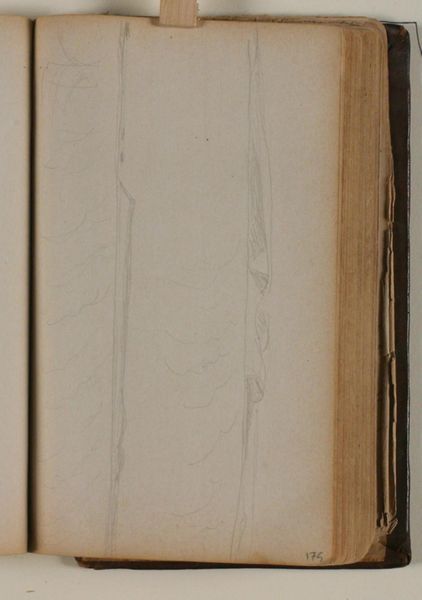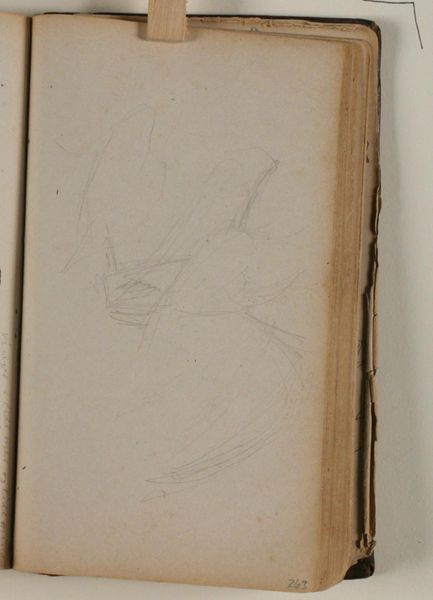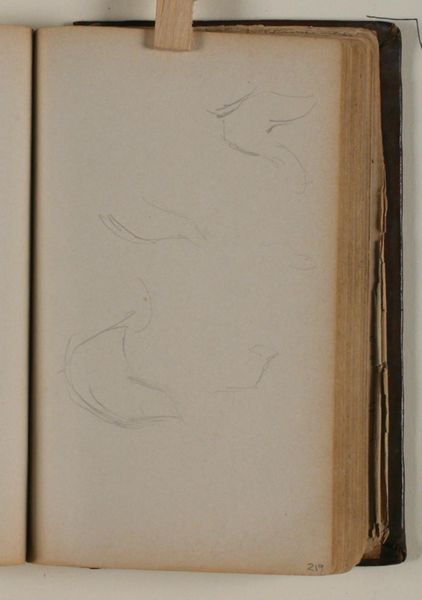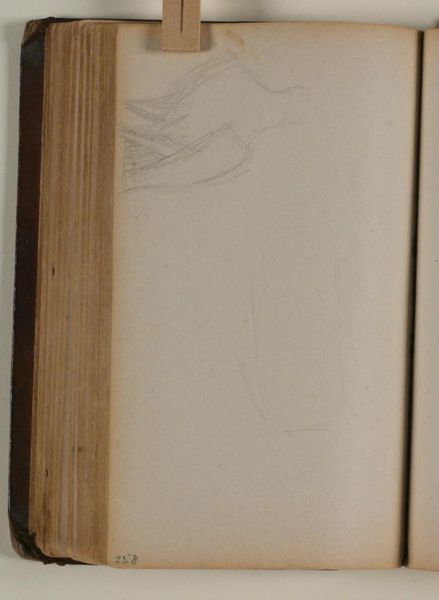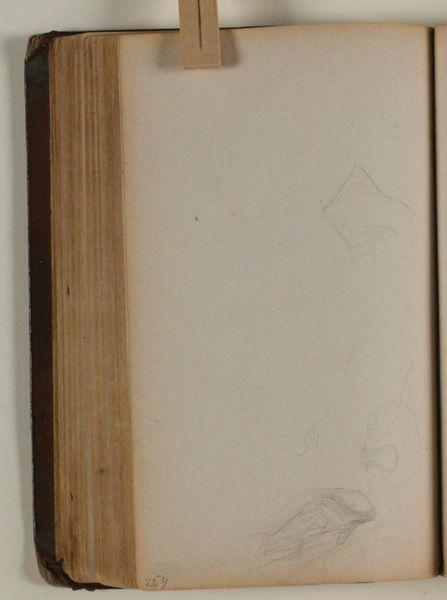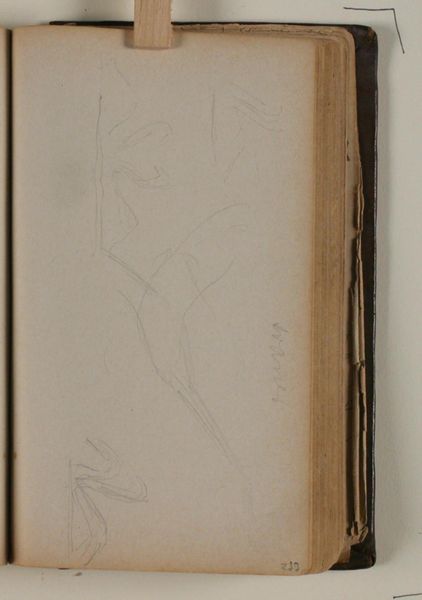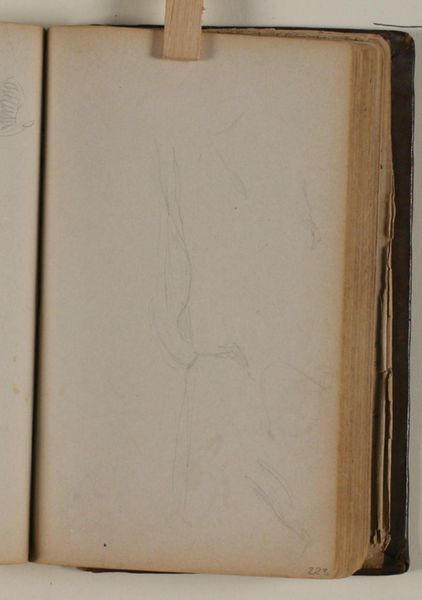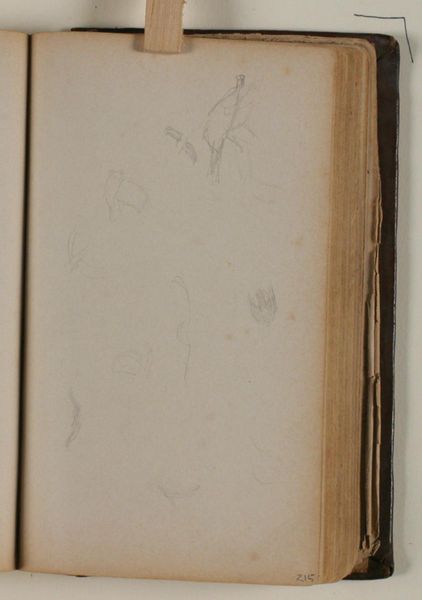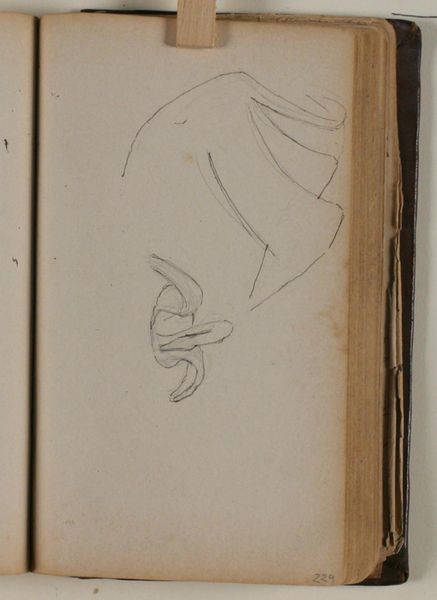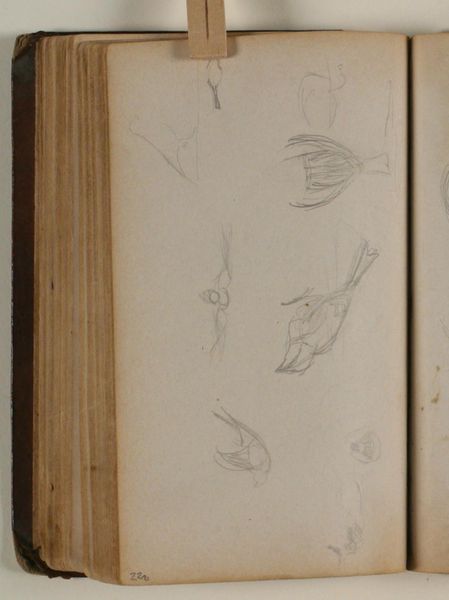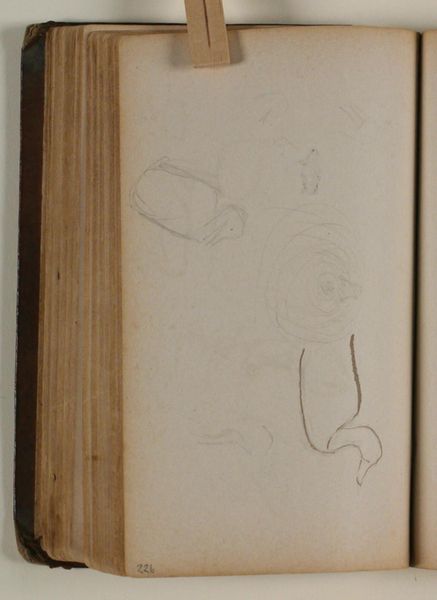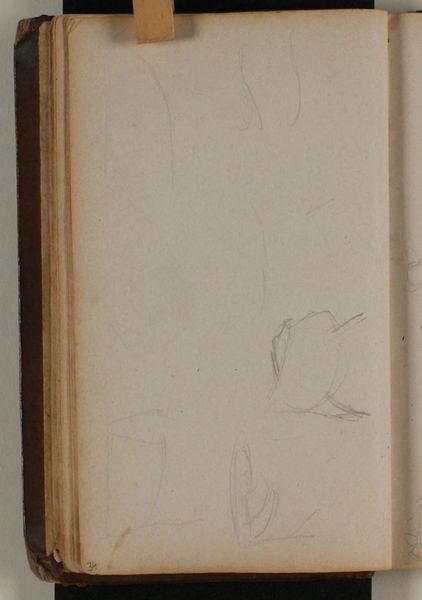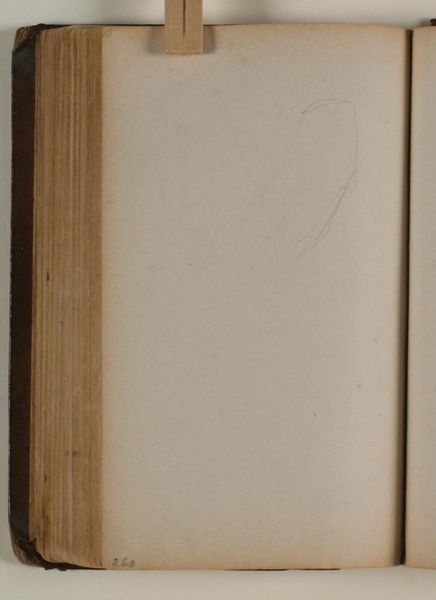
drawing, paper, pencil
#
portrait
#
drawing
#
paper
#
pencil
#
realism
Editor: We’re looking at “Studies of Pigeons,” a pencil drawing on paper by Niels Larsen Stevns, created sometime between 1864 and 1941. It feels unfinished, almost like a fleeting thought captured in simple lines. What story do you see in these seemingly simple sketches? Curator: I see a quiet revolution, actually. Stevns' focus on something as ordinary as pigeons places value on the overlooked aspects of urban life, connecting to broader socialist and democratic movements that advocated for representing everyday people and realities. Think about the Impressionists and their depictions of Parisian street life—Stevns might be seen as contributing to a similar shift in Danish art. Where is beauty to be found? Who is worthy of representation? These studies question the traditional subjects of art, challenging elitist perspectives. Editor: So you're saying the choice of subject matter itself is a political statement? I wouldn't have thought of it that way! Curator: Precisely! It’s a quiet subversion. The artistic choices in "Studies of Pigeons," in its own subtle way, advocates for expanding the narrative landscape to include the common, the humble, and the frequently ignored. How does that idea sit with you? Editor: It definitely makes me reconsider how I interpret "simple" sketches. Now I'm seeing these birds as almost symbols of the working class. They’re always there, doing their thing, often unnoticed, just trying to survive. It shows how art can give voice to those without. Thanks! Curator: Exactly. And consider also the radical accessibility of drawing itself as a medium. The implications become quite far-reaching, don't they?
Comments
No comments
Be the first to comment and join the conversation on the ultimate creative platform.
